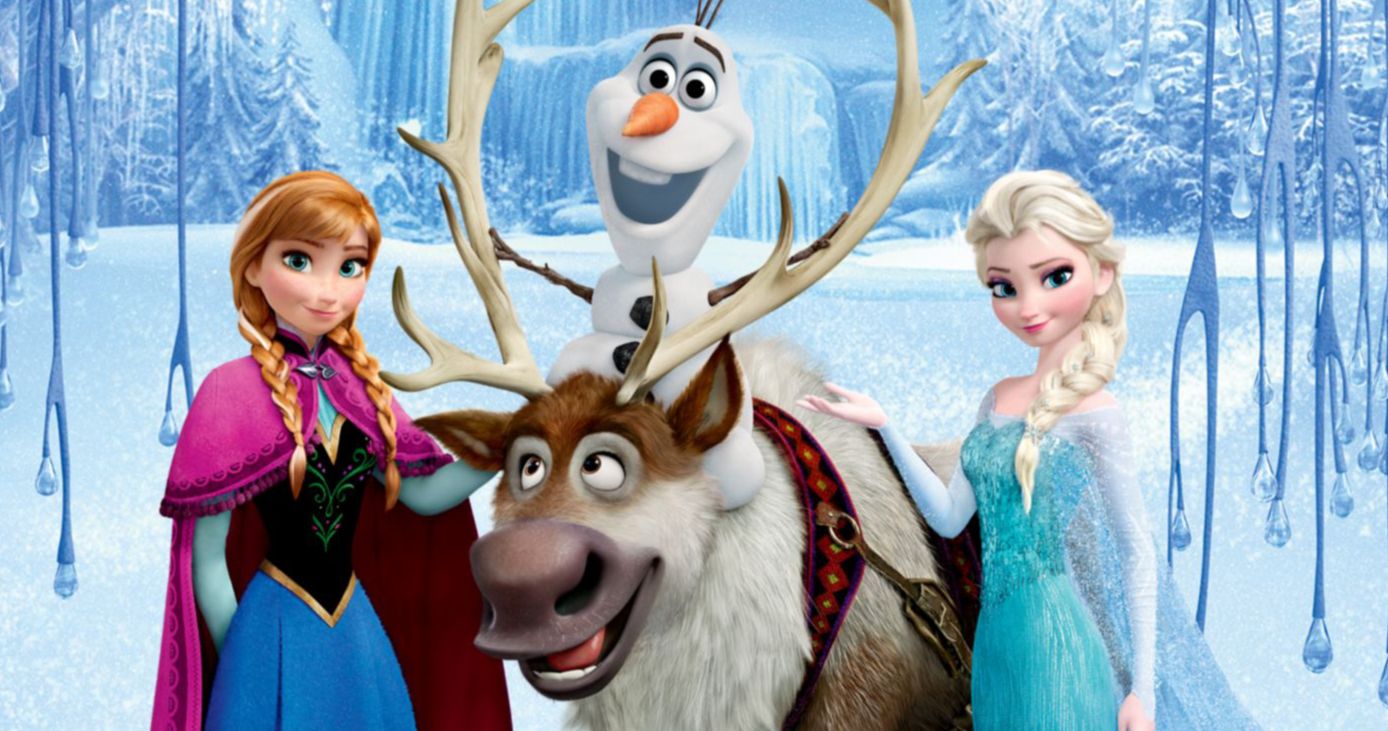Disney's Frozen just helped solve a 62-year old Russian cold case. The Dyatlov Pass incident involved nine Russian hikers who mysteriously died in the northern Ural Mountains, aka "Dead Mountain," in 1959. Over the years, there have been several theories about how the men, who were all experienced hikers, passed away. Animal attacks and an avalanche were the main theories that were tossed around over the years. In 2019, it was proven to be an avalanche that killed the men, though some were still skeptical that an avalanche could have inflicted the varying amounts of trauma that the men suffered.
Soviet authorities were able to determine that six of the men had died from hypothermia while the other three had been killed by different amounts of physical trauma. According to National Geographic, "Many argued that the avalanche theory, initially proposed in 1959, still didn't seem to stack up." For one, the team's tent encampment was "cut into the snow on a slope with an incline seemingly too mild to permit an avalanche." They go on to say that there was no significant snowfall on the night of February 1st, 1959 that "could have increased the weight of the snow burden on the slope and triggered a collapse." The injuries were deemed atypical of an avalanche.
This is where Disney's Frozen comes into play, though it's in a rather dark and unexpected way. When watching the massively successful worldwide hit, Johan Gaume, head of a Swiss federal technical institute named the Snow Avalanche Simulation Laboratory, was struck by how realistic the snow movement was in the movie. This got Gaume thinking, and eventually he reached out to Disney for a favor.
Johan Gaume traveled to Hollywood to meet up with the animators responsible for the snow depiction in Frozen and asked if he could obtain the animation code they used to make it. "Gaume modified the film's snow animation code for his avalanche simulation models, albeit with a decidedly less entertaining purpose: to simulate the impacts that avalanches would have on the human body." After some trial and error, Gaume and his team started to get closer to providing even more information about the Dyatlov Pass incident, thanks to Frozen.
Johan Gaume worked on the project with Alexander Puzrin to make a simulation of the Kholat Saykhl avalanche. The simulation that they made with the Frozen animation codes showed that a block of snow on Kholat Saykhl could "handily break the ribs and skulls of people," which explains why some of the nine hikers had such brutal injuries. It seems that the case can finally be laid to rest, silencing other theories about what could have happened to the nine Russian hikers back in February 1959. You can head over to National Geographic to read more about how Frozen helped solve the Dyatlov Pass incident.

